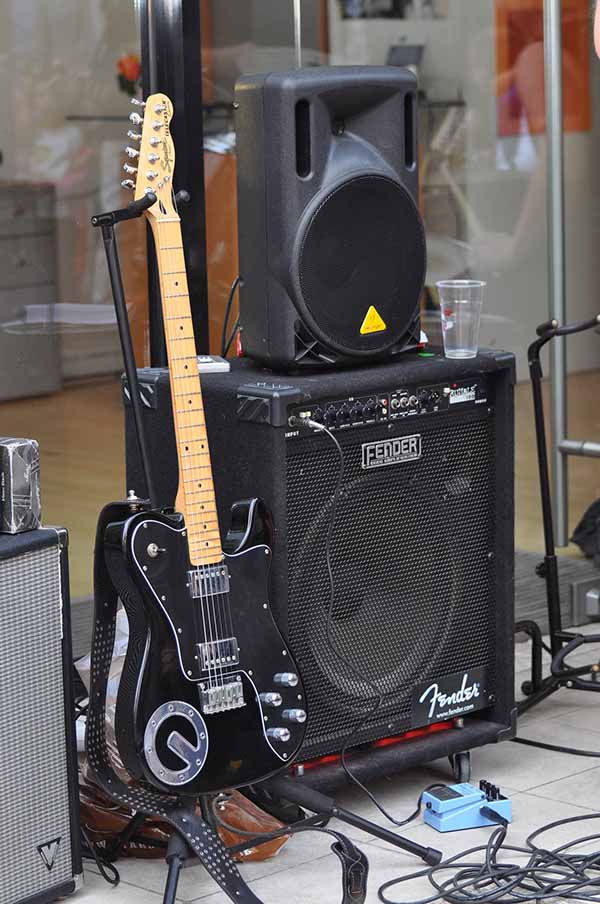
I was so infuriated by a client’s emotional account as a recipient of lousily delivered feedback, that I immediately began to pen a blog on the inadequacies of feedback. This has long been an area of concern in medicine, given that feedback provides the backbone of how we learn. Concerns range from feedback underuse (sometimes meaning no feedback at all); generality and brevity (at times to the point of incomprehensibility and outright inanity); delayed feedback (the moment of relevance has long passed); and inappropriate settings (on occasion leading to public humiliation). There can be no doubt that enhancing the skills of those required and empowered to give feedback demands urgent attention. Equally, paying attention to the relationship between “giver” and “receiver”, particularly in terms of trust and respect, and the culture that they operate in must be addressed. Emma Seppala and Kim Cameron write in Harvard Business Review that cultures that include caring and supporting each other, avoiding blame, inspiring each other, highlighting the meaningfulness of work and treating each other with respect, appreciation, trust and integrity create environments of engagement and learning. However, paradoxically it was discussions around the recipient of feedback, the learner, that caught my attention. What was particularly appealing was the locus of control. As a recipient, I may have little power over the immediate delivery of feedback or its cultural setting, but I am the key player in how I receive it. Douglas Stone and Sheila Heen elaborate on this concept in their book Thanks for the Feedback-The Science and Art of Receiving Feedback Well. They write:
“Receiving feedback well doesn’t mean that you always have to take the feedback. Receiving it well means engaging in the conversation skillfully and making thoughtful choices about whether and how to use the information and what you’re learning.”
They describe that at the heart of receiving feedback lies a tension between two needs- “our drive to learn and our longing for acceptance”. Working with this tension is a skill that can be developed and nurtured.
Stone and Heen define three triggers that block feedback:
Truth Triggers
Reaction:
“The feedback is wrong, unfair, unhelpful.”
Reflection:
- Separate out the type of feedback-appreciation, coaching, and evaluation.
- Understand what the person means.
- Uncover your blind spots.
Relationship Triggers
Reaction:
“I can’t hear this feedback from you.”
Reflection:
- Disentangle what from who.
- Recognize and understand the whole relationship dynamic
Identity Triggers
Reaction:
“The feedback is threatening and I’m off balance.”
Reflection:
- Cultivate awareness and understanding of how your own temperament and wiring impact you respond.
- Take apart and overhaul distortions and old patterns.
- Foster a growth identity.
Although, not at first easy, we can see that by taking ownership of how we receive feedback, we can bring a more expansive, less defensive and more curious mindset to the art of receiving feedback. By putting ourselves in the driver’s seat we establish a proactive environment where both growth and respectful interactions are possible.
“Examine what is said and not who speaks.”
~ African proverb


